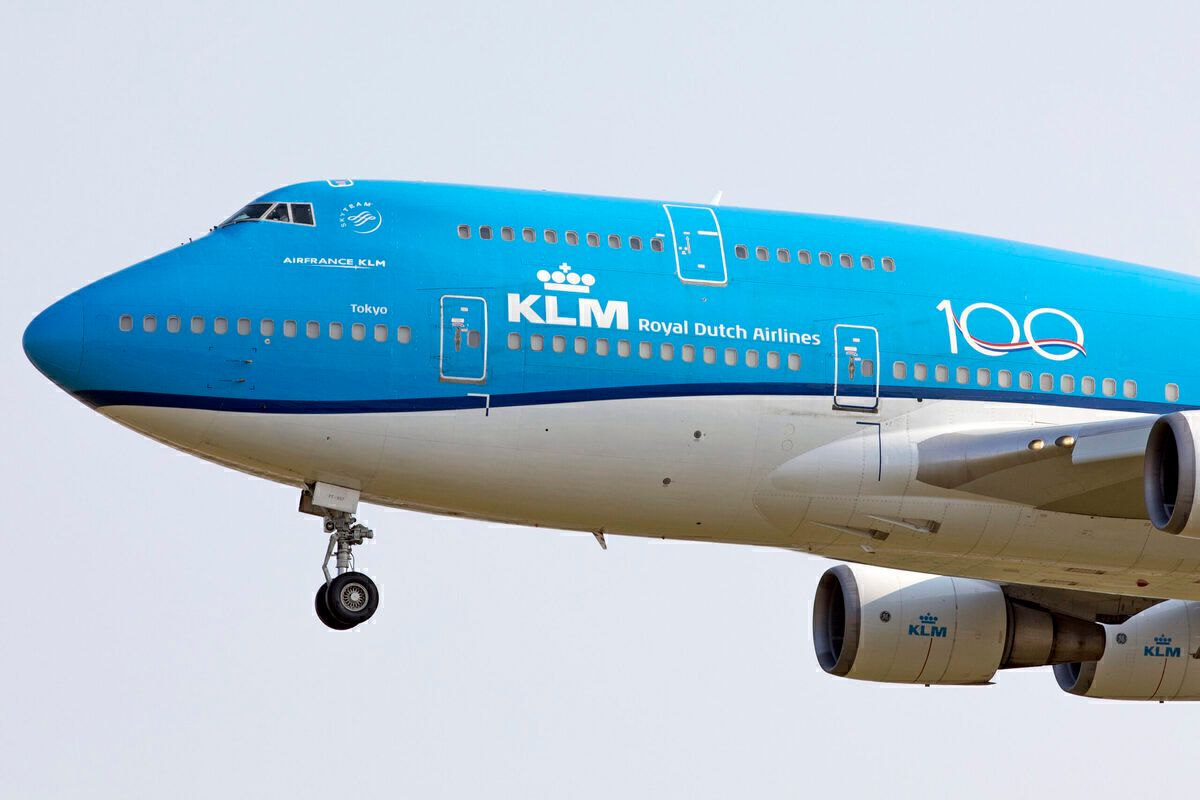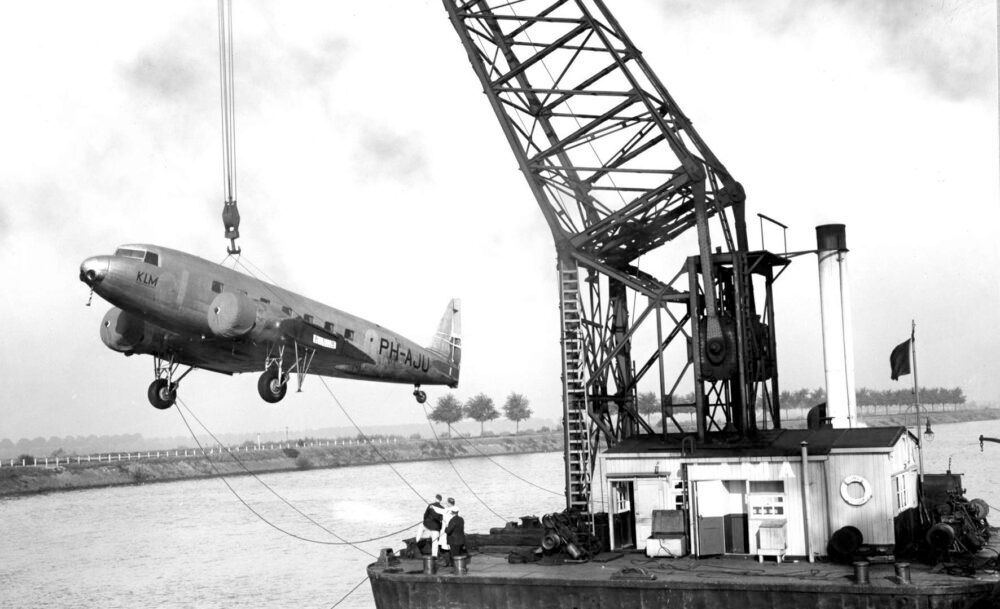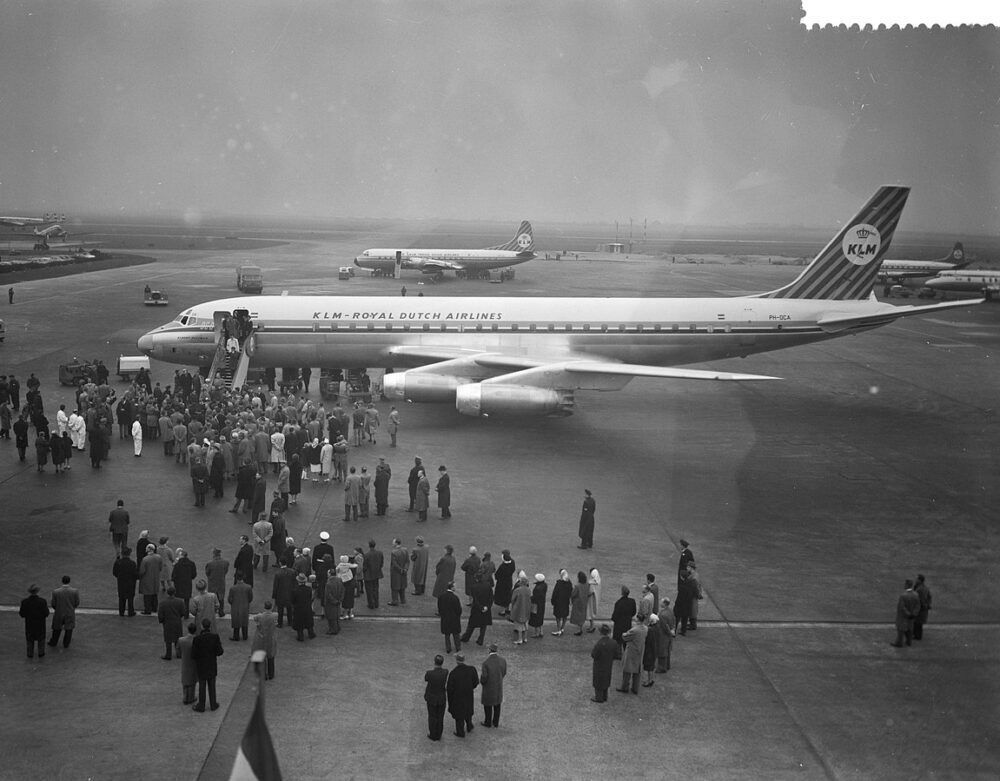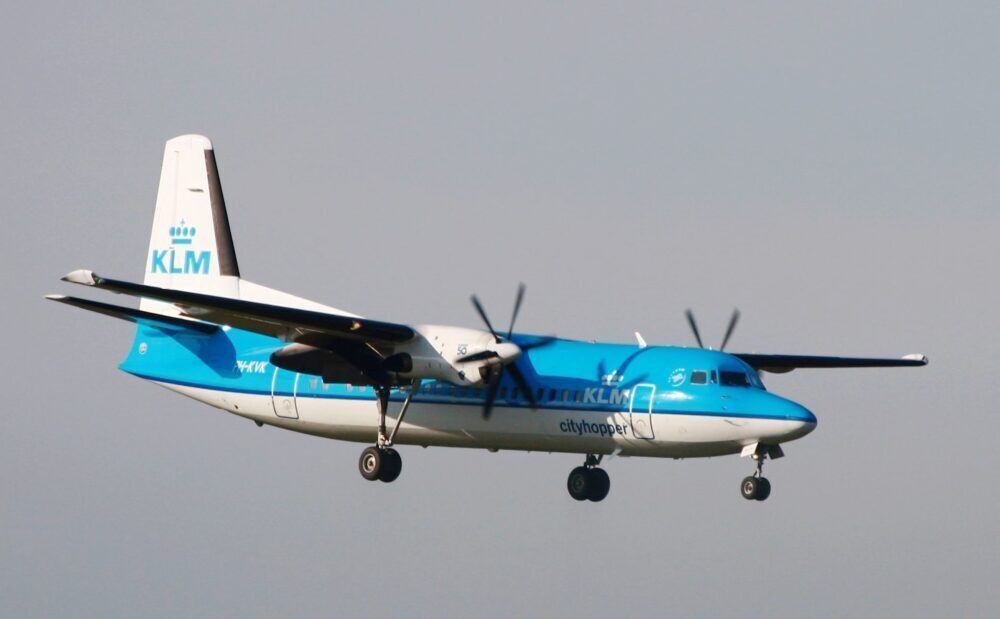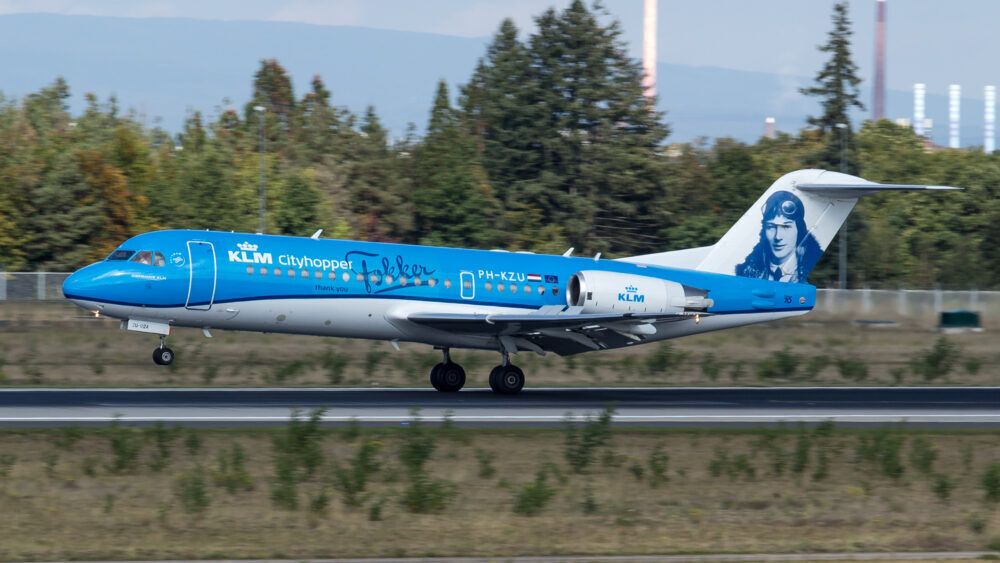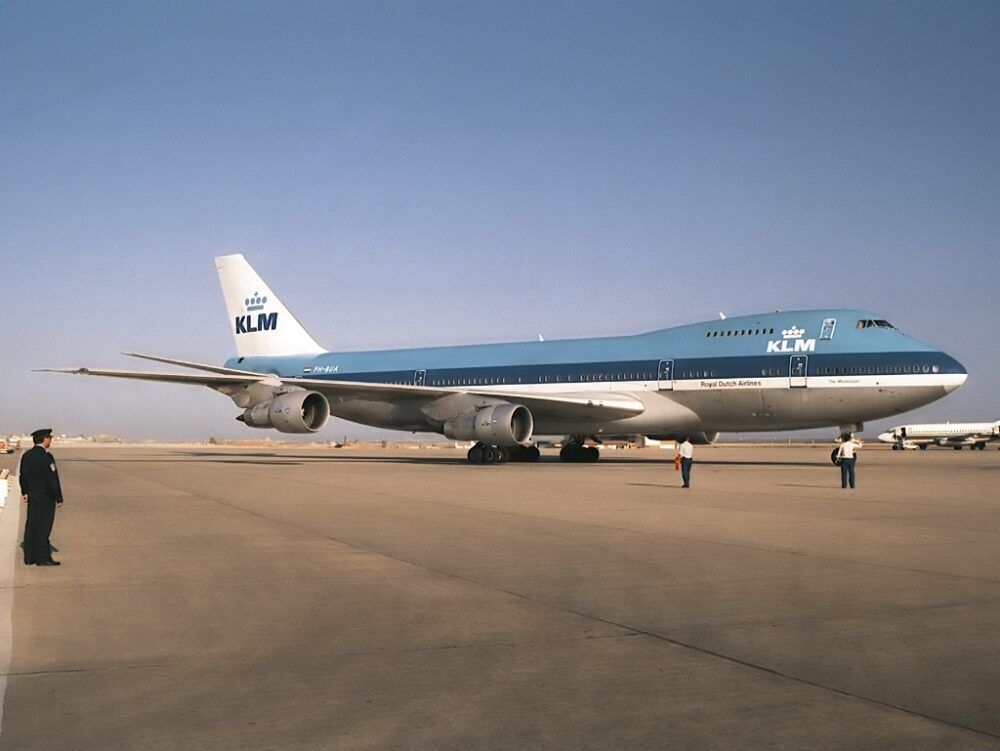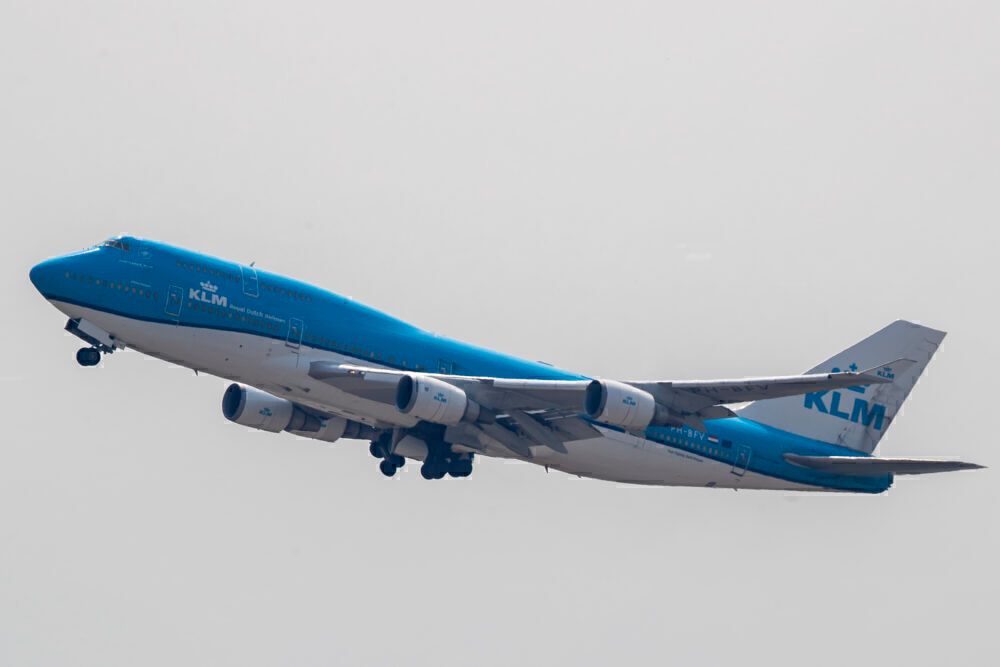KLM is one of just a few airlines to have celebrated its 100th anniversary. Unsurprisingly, with this long operating history, it has seen many different aircraft types in its fleet. This article takes a quick look back at some of the most significant during its growth. There are far too many to list them all, so we pick a few - feel free to discuss others later in the comments.
Douglas DC-2
The Douglas DC-2 was not KLM's first aircraft by any means, but it marked the expansion of its long-haul routes. It was the first all-metal aircraft taken on by the airline, introduced in 1934. Douglas had only launched its prototype DC-1 in 1933, making KLM a very early adopter of this new concept in aircraft design. KLM was Douglas' first client in Europe.
The first DC-2 was PH-AJU “Uiver.” This arrived by sea from the US in September 1934 and was assembled at Waalhaven Airport. KLM ordered a further 17 DC-2s. These began a much faster route to the Indonesian colonies than the previous Fokker aircraft could offer. With the introduction of better aircraft over the next years, they later moved to European services. By the end of the Second World War, all but one aircraft had been captured or destroyed.
Douglas DC-8
KLM had a long relationship with Douglas, operating all the models after the DC-2 up to the DC-9. It is the only airline to have done so - helped largely by the limited run of the DC-5.
For any airline, its first jet aircraft is significant, and for KLM, that came with the DC-8. Its first aircraft arrived in March 1960, named after the airline's founder and former president, Albert Plesman. It started service on the Amsterdam to New York route. KLM recalls the success of this aircraft (and the Boeing 707, which soon joined it), claiming that it almost doubled passenger and cargo capacity whilst also halving travel time.
KLM operated 24 DC-8 aircraft, flying the majority of long-haul routes until the DC-10 and the 747 began to enter the fleet (from 1971). The last DC-8 was retired in 1985.
Stay informed: Sign up for our daily and weekly aviation news digests.
Fokker F70 (and many earlier Fokkers)
There is no doubt that KLM has had a long history with the Netherlands manufacturer Fokker. Fokker had its origins during the First World War and soon after turned to passenger aircraft. KLM's first owned aircraft were from Fokker (its first flight in 1919 used a leased De Havilland DH-16 aircraft). The first aircraft, the Fokker F.II held just four passengers; the F.III increased this to five.
KLM operated 18 different Fokker aircraft up to the Second World War before moving to a more advanced fleet with the DC-2 and DC-3. Its relationship with Fokker was not over, though, with the Fokker 27 Friendship, and later the Fokker 28 jet being part of KLM's fleet. These evolved into the Fokker 50, Fokker 70 and Fokker 100 (operated by KLM Cityhpper).
The final retirement from the fleet of the Fokker 70 in October 2017 was, therefore, particularly significant, bringing to an end a long part of KLM's story. The 'Thank You Fokker' livery for the last few aircraft was certainly appropriate.
The Boeing 747
Of course, any discussion of KLM's most notable aircraft has to include the 747. This dominated long-haul operations with KLM for many years.
KLM introduced the 747 in 1971. Its first aircraft was a 747-200, registration PH-BUA, and named 'Mississippi'. The same aircraft later made headlines in November 1973 when it was hijacked on the route between Amsterdam and Tokyo. Another early 747-200 PH-BUF named 'The Rhine' also made unfortunate headlines when it was lost in the horrific Tenerife air disaster in 1977.
KLM operated 17 747-200 aircraft and was particularly noteworthy for the stretched upper deck option. Only two airlines (KLM and French carrier Union de Transports Aériens) opted for this. The stretched upper deck was a success and it became a standard feature from the 747-300.
KLM went to operate the 747-300 and 747-400. Including both passenger and freighter versions, KLM operated 28 747-400s, with the fleet lasting until early retirement in 2020.
With the retirement of the 747s, KLM's long-haul widebody fleet today is dominated still by Boeing, with 31 777s in the fleet (both the 777-200ER and 777-300ER variants), 13 787-9 and five 787-10 aircraft (and five more on order). It also operates Airbus, with both the A330-200 and A330-300 active.
For narrowbodies, it operates just Boeing, with the 737-800 dominating. Regional jets operating under KLM Cityhopper include the Embraer E175 and E195-E2.
There are plenty more historical and current highlights and important moments in the KLM fleet. This has just been a quick snapshot. Feel free to discuss more in the comments.

